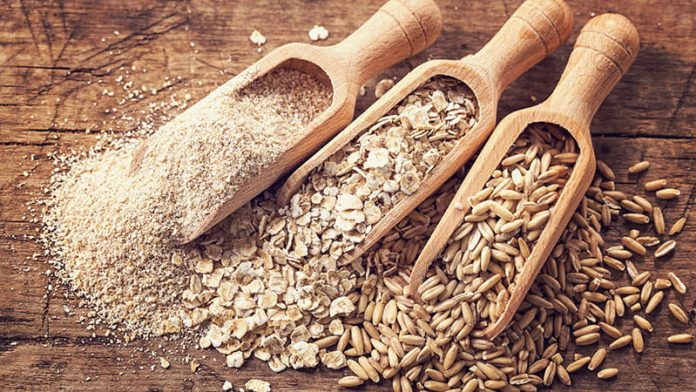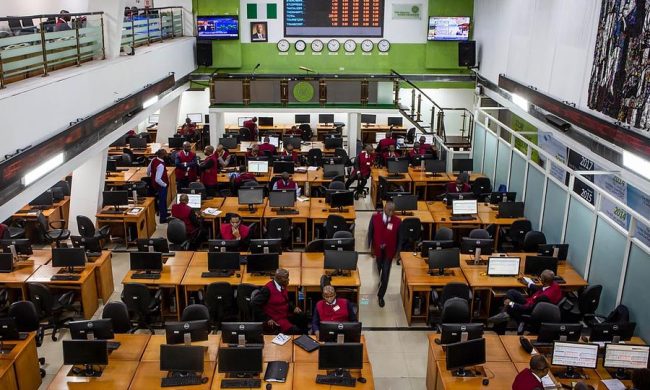The latest grain supply and demand report from the Food and Agriculture Organization (FAO) predicts that global grain production will reach record highs in 2023 and 2024 as food commodity prices decline.
The report, published on FAO’s website, raises global cereal production forecasts for 2023 to 2.819 million tonnes, up 1.1% from the previous year.
The increase in forecasts reflects an improved outlook for global wheat production, which now stands at 783.3 million tonnes, supported by improved prospects in several countries, including Canada, Kazakhstan and Turkey. .
Meanwhile, the FAO Food Price Index announced that food prices fell by 1.4%, blaming the declines on major cereals and vegetable oil prices.
The FAO Food Price Index tracks monthly changes in international prices for commonly traded foods. The FAO said the Grain Price Index fell 2.1% from May and the international crude price fell 3.4% in June, mainly due to higher maize shipments from current crops in Argentina and Brazil and it added that this was due to improved production prospects in key producing regions. .
International wheat prices dropped by 1.3 percent, as harvests began in the Northern hemisphere, influenced by ample supplies and a lower export tax in the Russia, along with improved conditions in the U.S. International rice prices declined by 1.2 per cent amid subdued demand for non-Indica varieties and efforts by Pakistan to attract export sales.
The FAO Vegetable Oil Price Index declined by 2.4 percent from May, as lower world prices of palm and sunflower oils more than offset increases in quotations for soy and rapeseed oil, influenced by weather conditions in major growing regions.
The FAO diary Price Index fell 0.8% in June due to lower international cheese prices, while global butter prices rose on strong demand for spot supplies, mainly from the Middle East.
The FAO Sugar Price Index fell 3.2%, the first decline after four consecutive months of gains, largely due to good progress in Brazil’s sugarcane harvest and weak global import demand, especially from China.
The FAO Meat Price Index changed a little in June, with poultry prices rising on strong import demand from East Asia and continued supply problems related to the avian flu epidemic.














